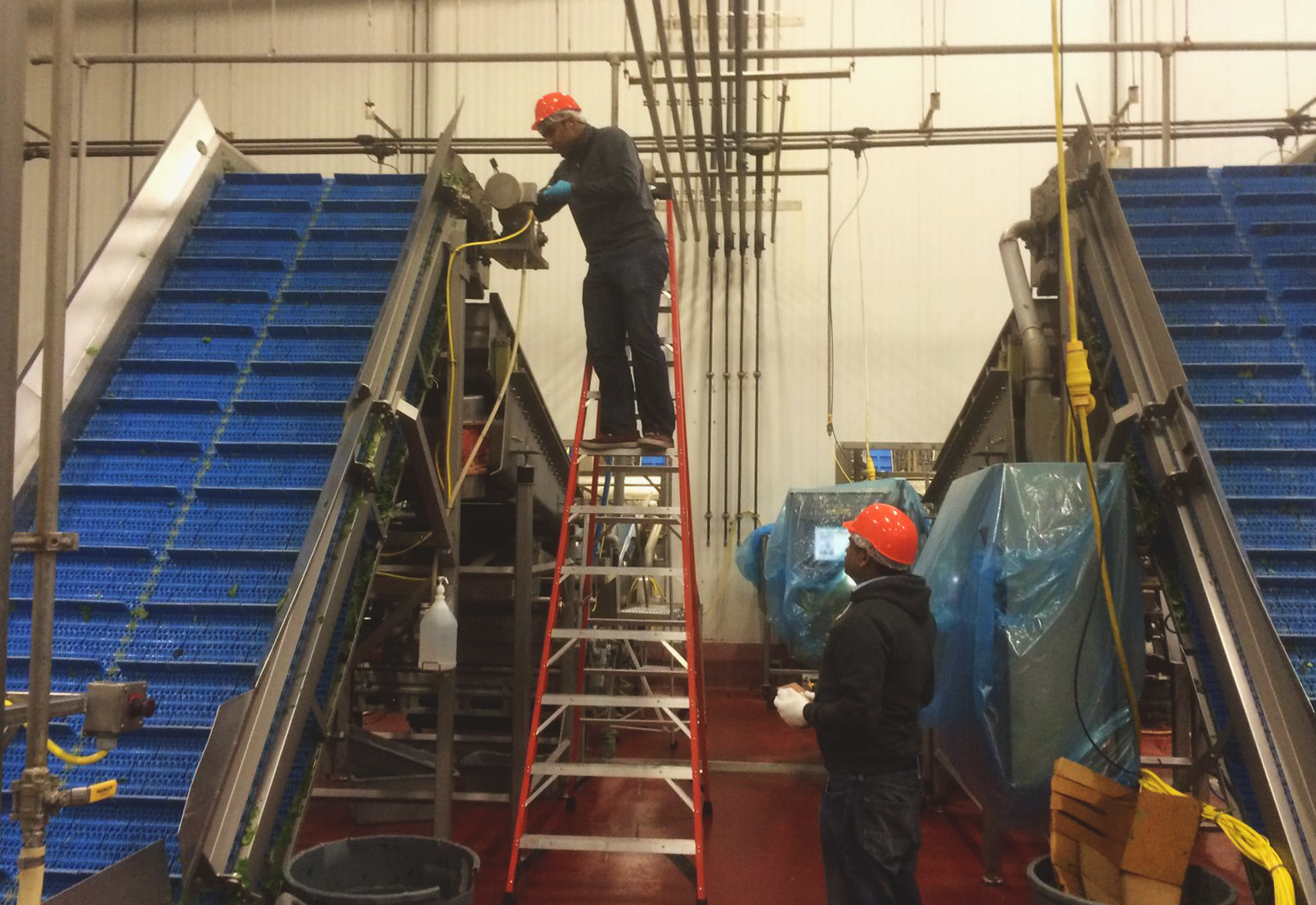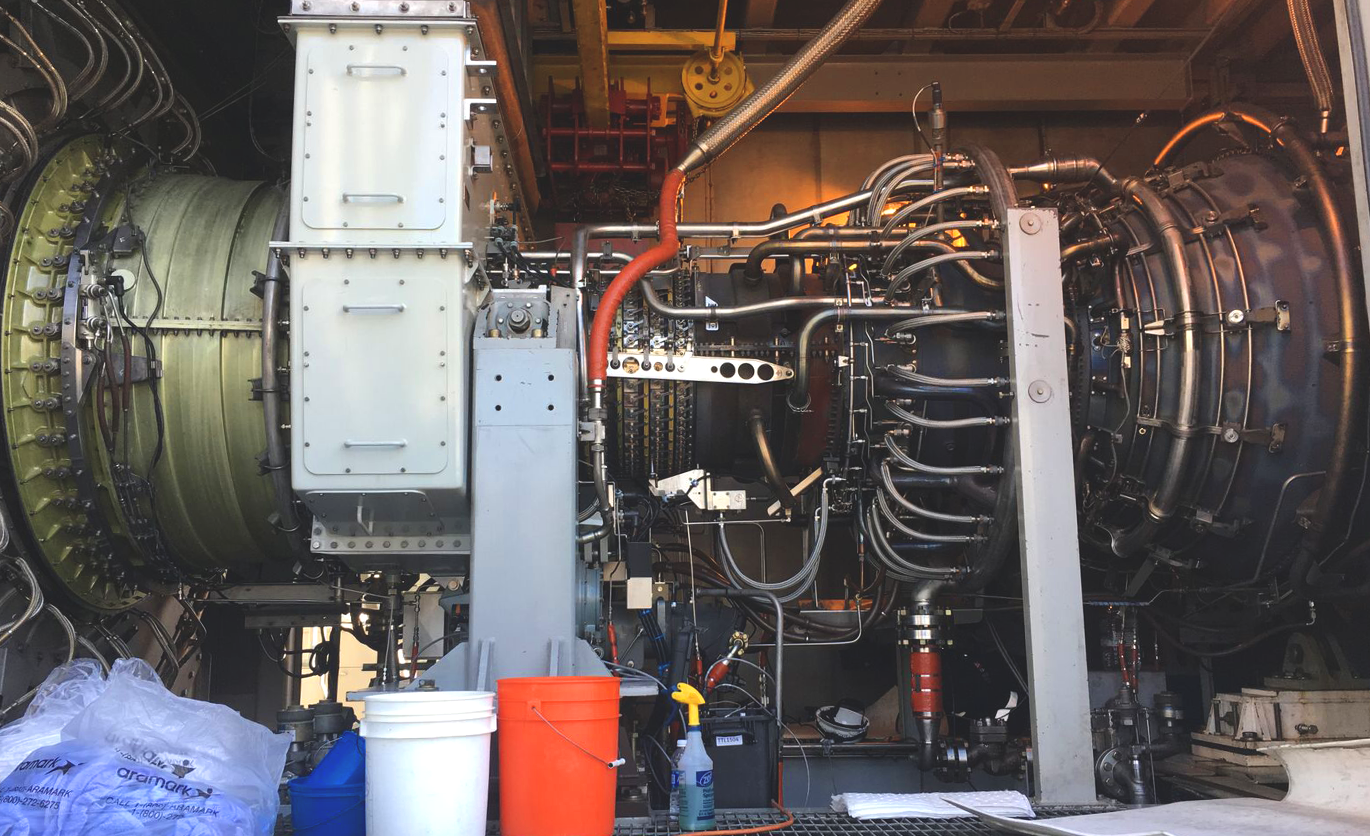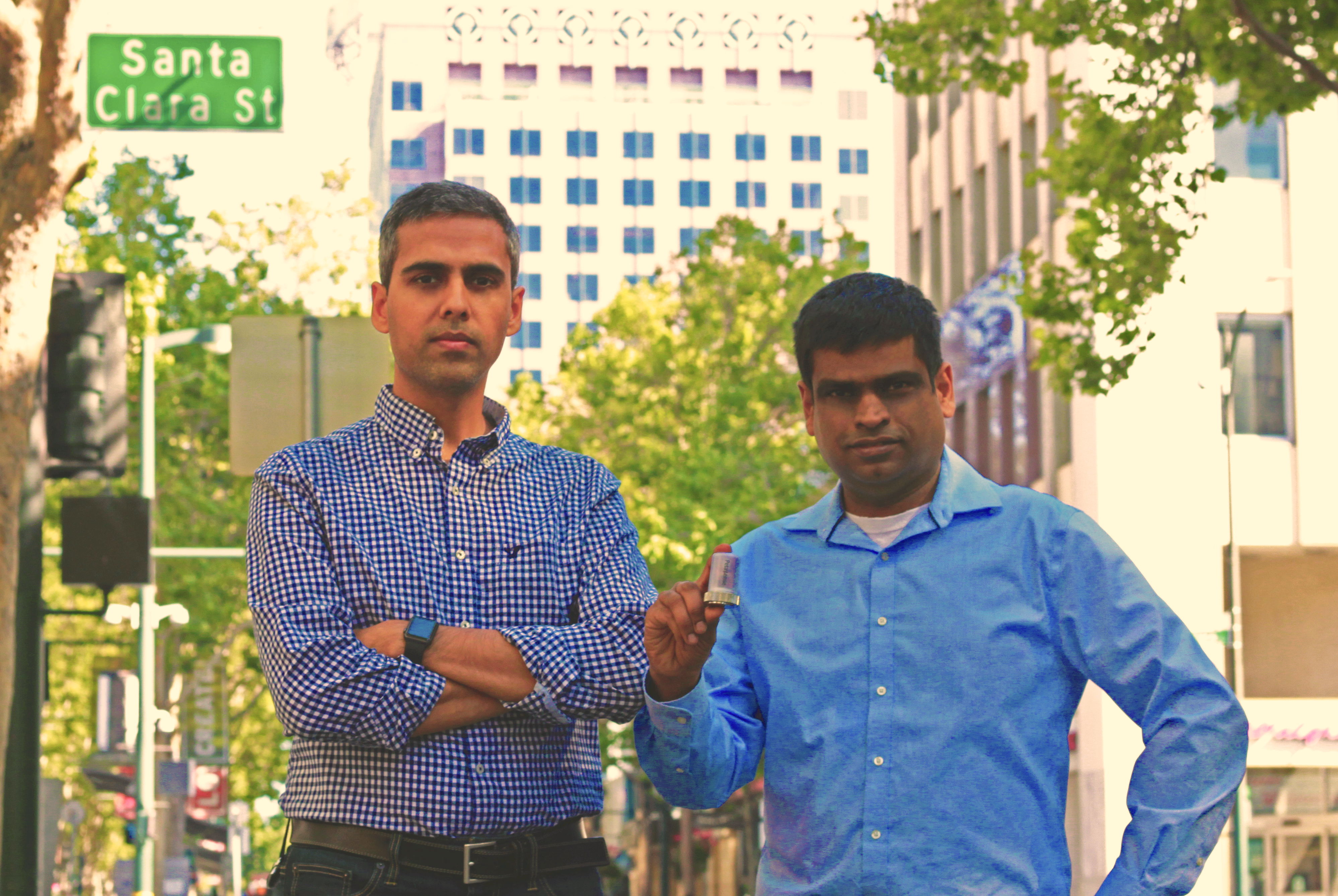JUNE 14, 2017
Why we started Petasense?
ABHINAV KHUSHRAJ

When Arun and I met in the fall of 2013, we were fascinated by the ease of use and simplicity of consumer devices like Nest, Fitbit and Dropcam. They have transformed the way people interact with consumer devices forever. We are passionate about solving enterprise problems and we wondered how we could bring the ease and power of such consumer devices into our work lives. That’s what inspired us to start Petasense.
We stumbled upon the industrial world when a friend took us to a local food processing factory. In that moment, we realized the impact the industrial world has on our daily lives. Everything from the food we eat to the fuel that powers our cars, from the medicines we consume to electricity that lights our homes is powered by factories. These factories have millions of machines that turn, churn, mix, grind, and transport things.
To run a factory effectively the most critical aspect is the upkeep of its assets. Of the various asset types, rotating assets such as motors, pumps and compressors are the most prevalent. They are found in all kinds of industries – power generation, oil & gas, pharma, food & beverage. Being engineers, we have always been fascinated by the induction motor invented by Nikola Tesla. Its ability to create rotating motion by transforming electricity to magnetism to mechanical energy is magical. With Petasense we are excited that we can make these machines smarter!

But when these machines fail, it leads to a lot of problems. For some it may mean that they can’t fill customer orders. Or it could mean that they are losing money because of sunk operation costs while production is down. Or repairing a failed machine can cost hundreds of thousands of dollars.
Traditionally, to deal with failing machines, people would either let the machines fail (“run-to-failure”) or do regular time based maintenance (“preventive maintenance or PM”). These approaches don’t really help solve unplanned downtime and repair costs. For example, a power gen customer of ours runs a regular PM schedule. Recently, one of their critical generator fan that cools the gas turbine just blew up. And the plant manager had no clue it was coming. It cost the plant several thousands in repair costs and a lot more in lost production.
There are four major technology trends – inexpensive sensors, pervasive wireless, high performance cloud computing and advancements in data science – that are now leading the transformation to a predictive approach. And to deliver a seamless user experience, we chose to build our own hardware and software. Further, building our own hardware enables us to collect data with much higher signal to noise ratio. This matters because for machine learning analytics, good data trumps sophisticated algorithms.
Over the last two years we have built and deployed an end-to-end predictive maintenance solution that comprises of our Vibration Mote and machine learning software. Our Motes recently crossed more than 18 billion vibration readings from a million sensor measurements. More importantly, our customers enjoy the peace of mind knowing that their critical assets are always being watched. For example, a pharmaceutical customer was able to catch a defect in their air handling units before it failed. In another instance, an energy facility was able to take proactive action about increased vibration levels in their chiller pumps.
We imagine a future where there is no unplanned downtime and unnecessary preventive maintenance. With inexpensive sensors and access to cloud technology, customers would be able to monitor all kinds of parameters, not just vibration, and for all kinds of machines, not just rotating machines. A real time multi parametric view of the industrial assets will help us achieve this vision.
– Abhinav + Arun, Co-founders of Petasense

 Thanks for subscribing - stay tuned for our next newsletter
Thanks for subscribing - stay tuned for our next newsletter